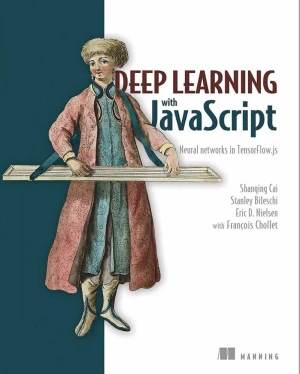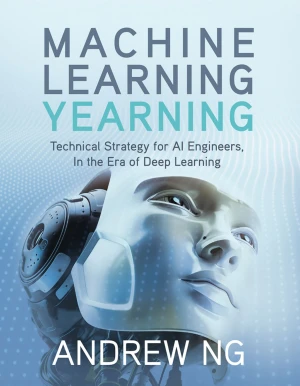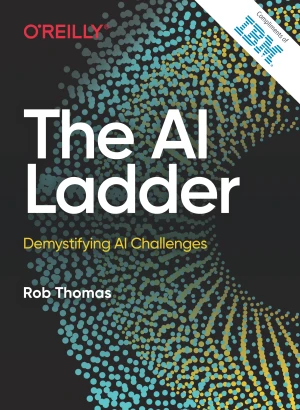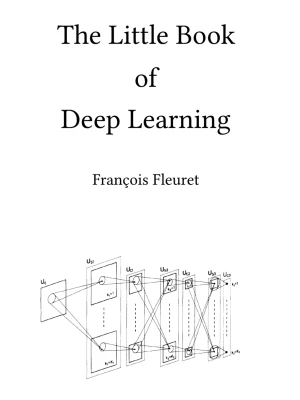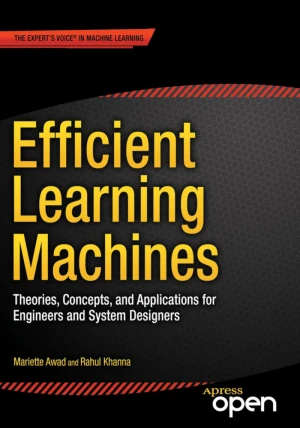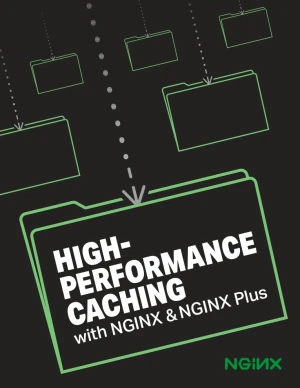Deep Learning for Coders with Fastai and PyTorch
AI Applications Without a PhD
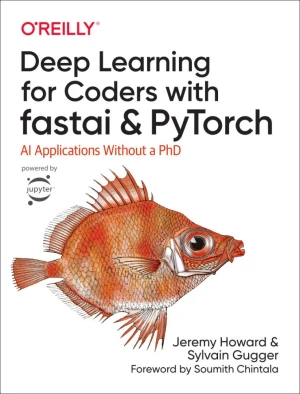
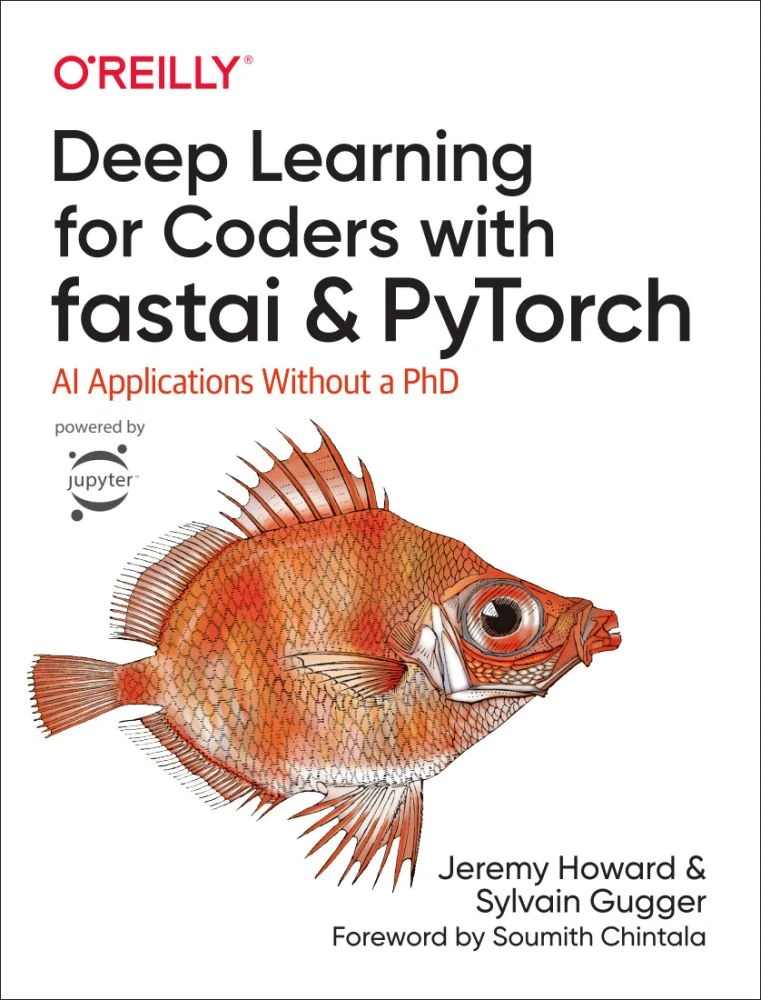
Book Details
| Authors | Jeremy Howard, Sylvain Gugger |
| Publisher | O'Reilly Media |
| Published | 2020 |
| Edition | 1st |
| Paperback | 624 pages |
| Language | English |
| ISBN-13 | 9781492045526, 9781492045519 |
| ISBN-10 | 1492045527, 1492045519 |
| License | GNU Free Documentation License |
Book Description
Deep learning is often viewed as the exclusive domain of math PhDs and big tech companies. But as this hands-on guide demonstrates, programmers comfortable with Python can achieve impressive results in deep learning with little math background, small amounts of data, and minimal code. How? With fastai, the first library to provide a consistent interface to the most frequently used deep learning applications.
Authors Jeremy Howard and Sylvain Gugger, the creators of fastai, show you how to train a model on a wide range of tasks using fastai and PyTorch. You'll also dive progressively further into deep learning theory to gain a complete understanding of the algorithms behind the scenes.
- Train models in computer vision, natural language processing, tabular data, and collaborative filtering
- Learn the latest deep learning techniques that matter most in practice
- Improve accuracy, speed, and reliability by understanding how deep learning models work
- Discover how to turn your models into web applications
- Implement deep learning algorithms from scratch
- Consider the ethical implications of your work
- Gain insight from the foreword by PyTorch cofounder, Soumith Chintala.
This book is available under the GNU Free Documentation License, which means that you are free to copy, redistribute, and modify it, as long as you preserve all original copyright notices, provide transparent access to the source, and release any modified versions under the same license.
If you enjoyed the book and would like to support the author, you can purchase a printed copy (hardcover or paperback) from official retailers.
Download and Read Links
Share this Book
[localhost]# find . -name "*Similar_Books*"
Deep Learning with JavaScript
Deep learning has transformed the fields of computer vision, image processing, and natural language applications. Thanks to TensorFlow.js, now JavaScript developers can build deep learning apps without relying on Python or R. Deep Learning with JavaScript shows developers how they can bring DL technology to the web. Written by the main authors of t
Machine Learning Yearning
AI is transforming numerous industries. Machine Learning Yearning, a free ebook from Andrew Ng, teaches you how to structure Machine Learning projects. This book is focused not on teaching you ML algorithms, but on how to make ML algorithms work. After reading Machine Learning Yearning, you will be able to: - Prioritize the most promising direction
The AI Ladder
AI may be the greatest opportunity of our time, with the potential to add nearly $16 trillion to the global economy over the next decade. But so far adoption has been much slower than anticipated. With this practical report, business leaders will discover where they are in their AI journey and learn the steps they still need to take to implement an
The Little Book of Deep Learning
The current period of progress in artificial intelligence was triggered when Krizhevsky et al. demonstrated that an artificial neural network designed twenty years earlier could outperform complex state-of-the-art image recognition methods by a huge margin, simply by being a hundred times larger and trained on a dataset similarly scaled up. This br
Efficient Learning Machines
Machine learning techniques provide cost-effective alternatives to traditional methods for extracting underlying relationships between information and data and for predicting future events by processing existing information to train models. Efficient Learning Machines explores the major topics of machine learning, including knowledge discovery, cla
High-Performance Caching with Nginx and Nginx Plus
One of its most important capabilities is content caching, which is a highly effective method for improving a website's performance. In this ebook, the authors describe how NGINX caches content, how to implement caching and cache clustering, and some of the ways to improve performance. The text provides a deep dive into how content caching truly wo

